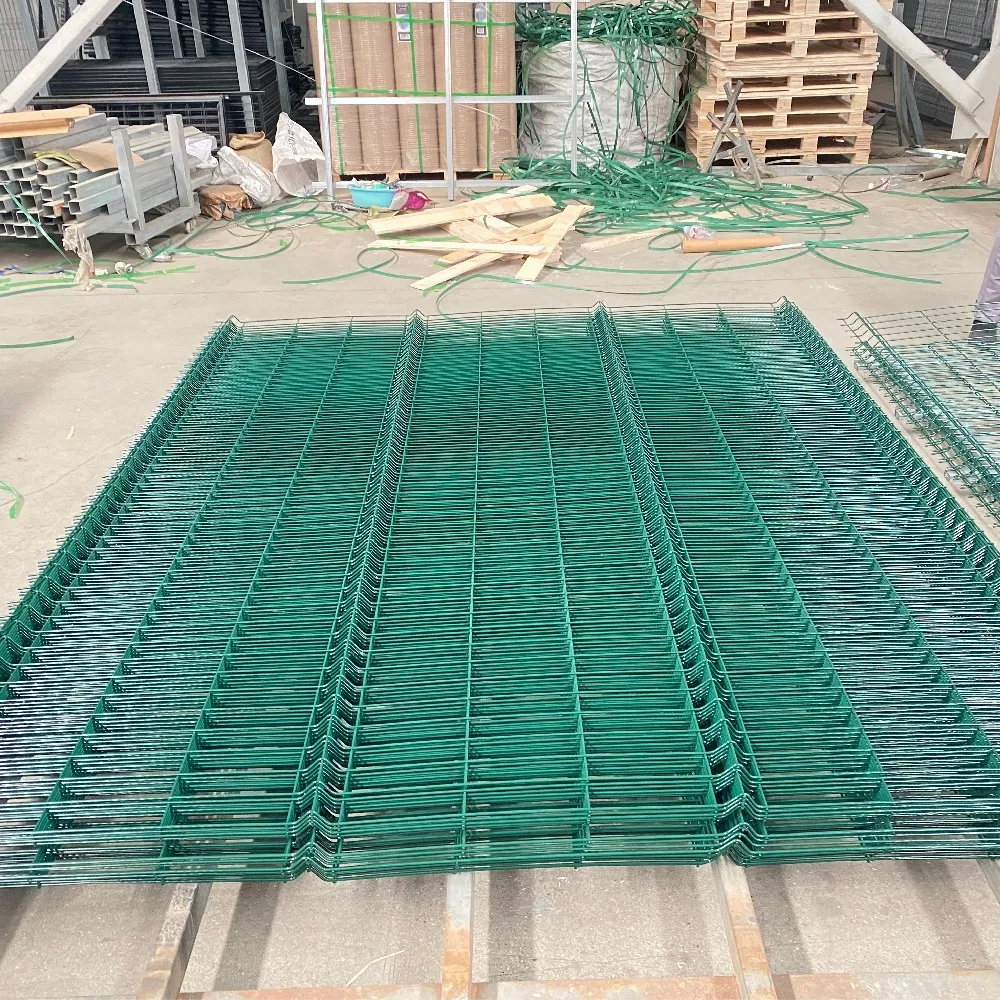Understanding Expanded Metal Mesh Thickness A Comprehensive Guide
Expanded metal mesh is a versatile and widely used material across various industries, renowned for its unique properties and benefits. One of the key factors that influence the performance and applicability of expanded metal mesh is its thickness. This article delves into the significance of thickness in expanded metal mesh, its impact on strength, weight, and application, and how to choose the right thickness for your specific needs.
What is Expanded Metal Mesh?
Expanded metal mesh is a sheet of metal that has been cut and stretched to form a mesh-like pattern. The process involves cutting the metal sheet with a series of precise cuts, then expanding or pulling the sheet to create the characteristic diamond-shaped openings. This results in a lightweight yet strong material that exhibits excellent rigidity, making it ideal for various applications, including fencing, grating, and architectural features.
Importance of Thickness
The thickness of expanded metal mesh plays a crucial role in determining its overall performance characteristics. Typically, the thickness can range from very thin (around 0.5 mm) to much thicker options (up to 10 mm or more). Here's how thickness affects several critical aspects of the material
1. Strength and Load-Bearing Capacity Thicker expanded metal mesh generally offers greater strength and load-bearing capacity. This property makes it suitable for heavy-duty applications, such as construction and industrial settings, where structural integrity is paramount. For instance, thicker mesh is often used in flooring applications where it needs to support significant weight.
2. Weight While a thicker mesh provides superior strength, it also increases the overall weight of the material. In scenarios where weight is a critical factor—such as in lightweight construction, transportation, or aerospace designs—choosing an appropriately thin mesh that balances strength and weight is essential.
3. Flexibility and Formability Thicker expanded metal mesh can be less flexible compared to thinner options. This can affect how the material is used in various applications. For example, projects requiring intricate shapes or curves may benefit from thinner mesh, which can be more easily manipulated during installation.
4. Aesthetics The thickness of expanded metal mesh also influences its visual appeal. Thicker materials may have a more robust appearance, while thinner options can offer a more delicate or refined look. Depending on the aesthetic requirements of a project, the appropriate thickness can enhance or detract from the design.
expanded metal mesh thickness
5. Corrosion Resistance The finishing treatment applied to expanded metal mesh can impact its durability. While thickness itself does not dictate corrosion resistance, thicker materials may have a more substantial protective coating, further enhancing their lifespan and suitability for outdoor or harsh environments.
Choosing the Right Thickness
Selecting the suitable thickness for expanded metal mesh requires careful consideration of the specific application. Here are a few steps to guide you in making the right choice
1. Assess the Application Determine the primary purpose of the expanded metal mesh. Is it for structural support, aesthetic purposes, or perhaps a combination of both? Understanding the requirements will guide you in choosing an appropriate thickness.
2. Evaluate Load Requirements Consider the load the mesh will need to support. For heavy loads or high-traffic areas, opt for thicker options to ensure safety and durability.
3. Consider Environmental Factors If the expanded metal will be exposed to harsh weather conditions or corrosive environments, factor in the potential need for additional treatments or coatings, which can help mitigate the impact of these elements.
4. Balance Aesthetics with Functionality If the visual aspect of the mesh is important, weigh the need for weight and bulk against the desired look. Sometimes, a slightly thicker mesh can enhance the overall design while still meeting functional requirements.
5. Consult with Experts When in doubt, consulting with manufacturers or industry experts can provide valuable insights into selecting the right thickness for your specific needs.
Conclusion
The thickness of expanded metal mesh is a vital consideration that significantly impacts its strength, weight, flexibility, and overall aesthetic. By understanding the role of thickness and assessing your specific requirements, you can choose the most suitable type of expanded metal mesh for your project, ensuring optimal performance and durability. Whether for industrial, commercial, or decorative purposes, taking the time to evaluate these factors will lead to a successful and efficient application of expanded metal mesh.























